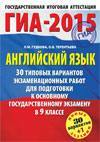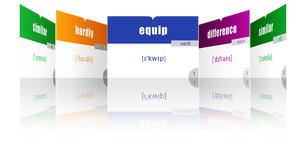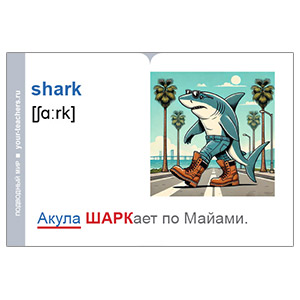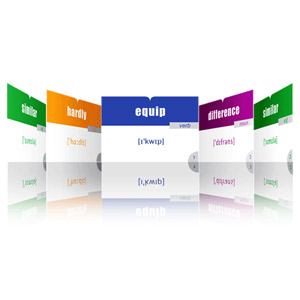Тест №13 по ГИА. Английский язык (Ответ)
- Подробности
- 51715
 |
||
| Прочитайте текст. Заполните пропуски в предложениях под номерами В04-В12 соответствующими формами слов, напечатанных заглавными буквами справа от каждого предложения. TEST 13 (part 1) |
First footing
|
B4 |
It was believed that the first person to visit one's house on New Year's Day could bring good or bad luck. Therefore, people tried to choose |
TRY |
|
B5 |
a concrete person themselves. That person was standing outside their houses ready to be let in the moment midnight came. |
THEY |
|
B6 |
To fulfill the ceremony, a dark haired man usually was chosen by people. |
CHOOSE |
|
B7 |
It could not/ couldn’t be a woman, for she would bring bad luck. |
CANNOT |
|
B8 |
The first footer was required to carry three things: a piece of coal to wish warmth, a piece of bread to wish food, and a silver coin to wish wealth. In parts of northern England this custom is observed still. |
OBSERVE |
Easter symbols
|
B9 |
Many modern Easter symbols come from pagan times. The egg, for instance, was a fertility symbol long before the Christmas era. |
BE |
|
B10 |
The ancient Persians, Greeks and Chinese exchanged eggs at their spring festivals. In Christian times the egg took a new meaning symbolizing the tomb from which Christ rose. |
EXCHANGE |
|
B11 |
The ancient custom of dying eggs at Easter times is still one of the most popular. |
POPULAR |
|
B12 |
The Easter bunny also originated in pre-Christian times. The rabbit was the most fertile animal our ancestors knew, so they selected it as a symbol of new life. Today, children enjoy candy bunnies and are listening to stories about the Easter bunny, who brings Easter eggs in a fancy basket. |
BUNNY |







 Как правильно изучать английский язык по карточкам (статьи)
Как правильно изучать английский язык по карточкам (статьи)